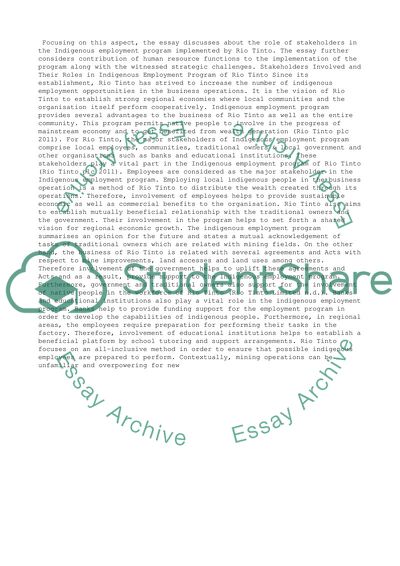Cite this document
(“HRM Essay Example | Topics and Well Written Essays - 2000 words - 4”, n.d.)
HRM Essay Example | Topics and Well Written Essays - 2000 words - 4. Retrieved from https://studentshare.org/management/1473937-hrm
HRM Essay Example | Topics and Well Written Essays - 2000 words - 4. Retrieved from https://studentshare.org/management/1473937-hrm
(HRM Essay Example | Topics and Well Written Essays - 2000 Words - 4)
HRM Essay Example | Topics and Well Written Essays - 2000 Words - 4. https://studentshare.org/management/1473937-hrm.
HRM Essay Example | Topics and Well Written Essays - 2000 Words - 4. https://studentshare.org/management/1473937-hrm.
“HRM Essay Example | Topics and Well Written Essays - 2000 Words - 4”, n.d. https://studentshare.org/management/1473937-hrm.


